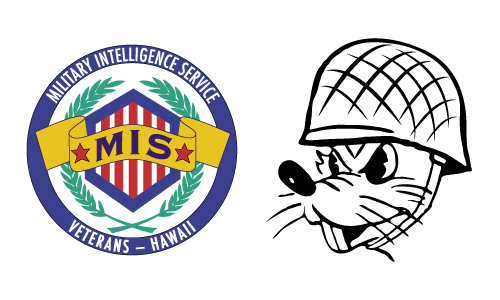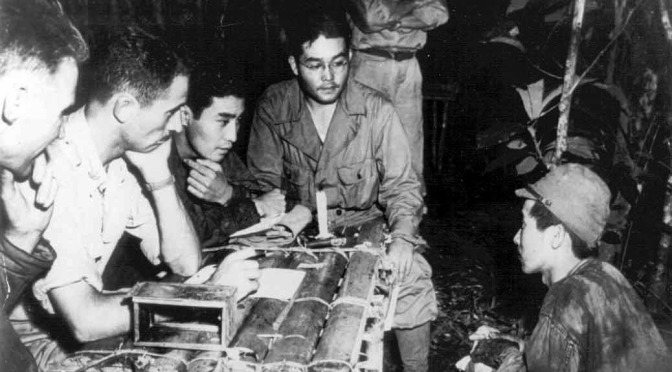Above: SIMINI, New Guinea, January 2, 1943: From left, Major Hawkins, Phil Ishio and Arthur Ushiro Castle of the 32nd Infantry Division question a prisoner taken in the Buna campaign. Information from POW interrogations produced vital tactical information countless times. National Archives photo.
American commanders initially resisted using MIS nisei for their intended purpose – gathering information about the enemy. Thanks, however, to the persistence of a haole plantation doctor from Maui and the work of the nisei themselves, attitudes changed quickly.
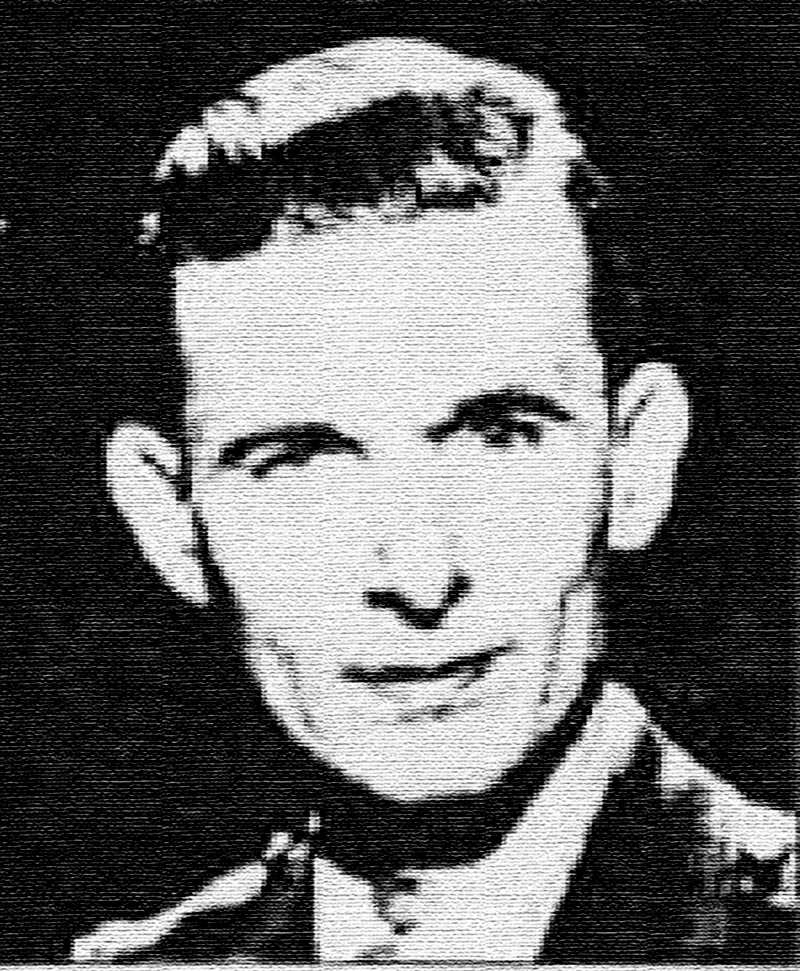
J. Alfred Burden was the doctor, and the only person from Hawaiʻi among the 50 Japanese language specialists to graduate from the Fourth Army Intelligence School at the Presidio of San Francisco.
Burden grew up in Japan, the son of missionary parents, came to America at age 16 to pursue education and settled in Hawaiʻi.
After the Presidio, he took an MIS team to the South Pacific. They had to work hard for a chance to prove themselves. Nisei with the Americal Division in New Caledonia worked around the clock to translate a captured list of call signs and code names of all Imperial Japanese Navy ships and air bases. Burden and the nisei pushed to get closer to the action, and some wound up on Guadalcanal, where they made a big discovery: the joint operational plan for Japanese forces in the South Pacific.
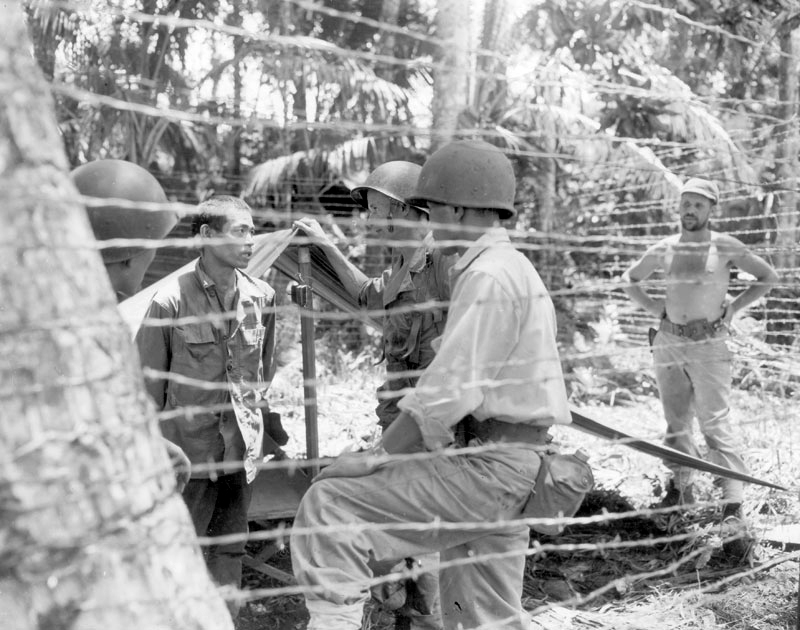
In the Solomons and in New Guinea, MIS linguists learned that humane treatment and sympathetic interrogation of Japanese prisoners yielded far more information than harsh interrogation, that scanning documents quickly produced better and more timely tactical information than translating each document word for word.
MIS nisei were involved in other important intelligence achievements:
Enemy Roster
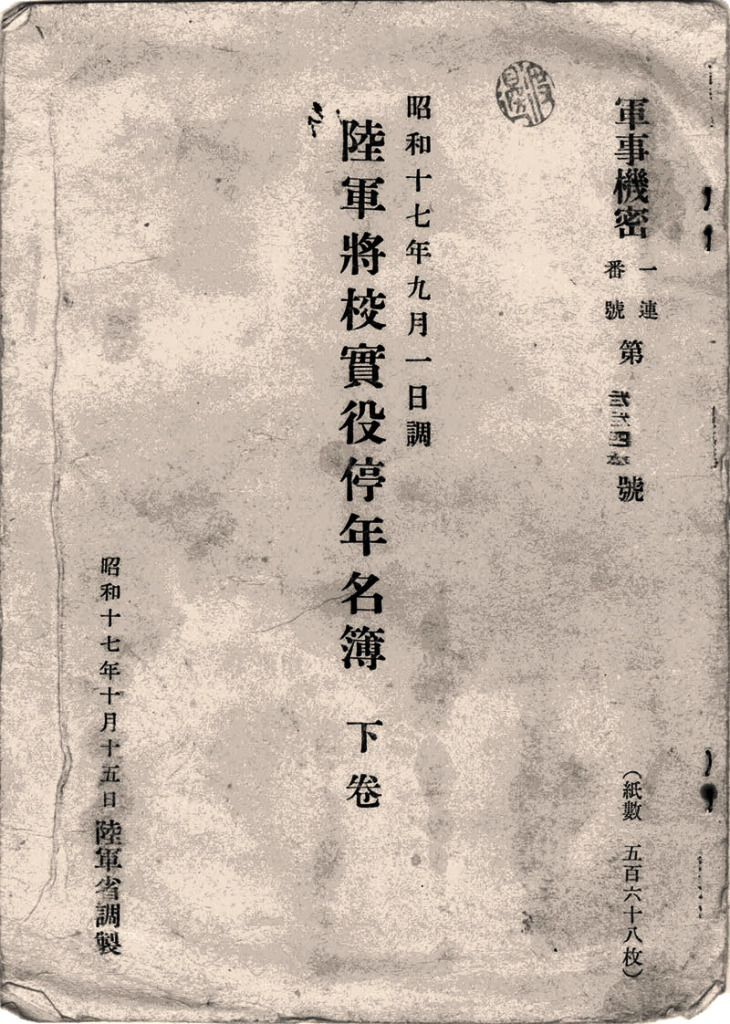
Intelligence specialists at General Douglas MacArthur’s headquarters in Australia translated a prize that had been found in a Japanese lifeboat following the Battle of the Bismarck Sea – a comprehensive roster of all of the Imperial Japanese Army’s officers. Teams in Australia and in Washington, D.C., indexed and cross-referenced the list throughout the war, giving U.S. commanders a wealth of information about the units they faced.
Yamamoto Shootdown
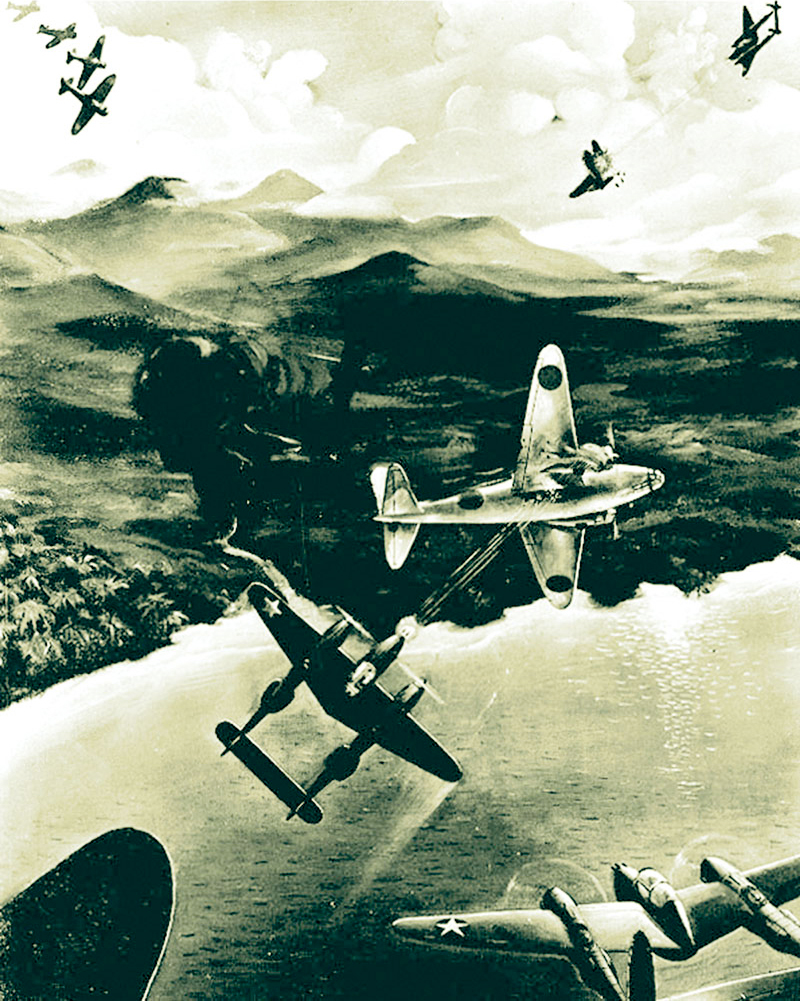
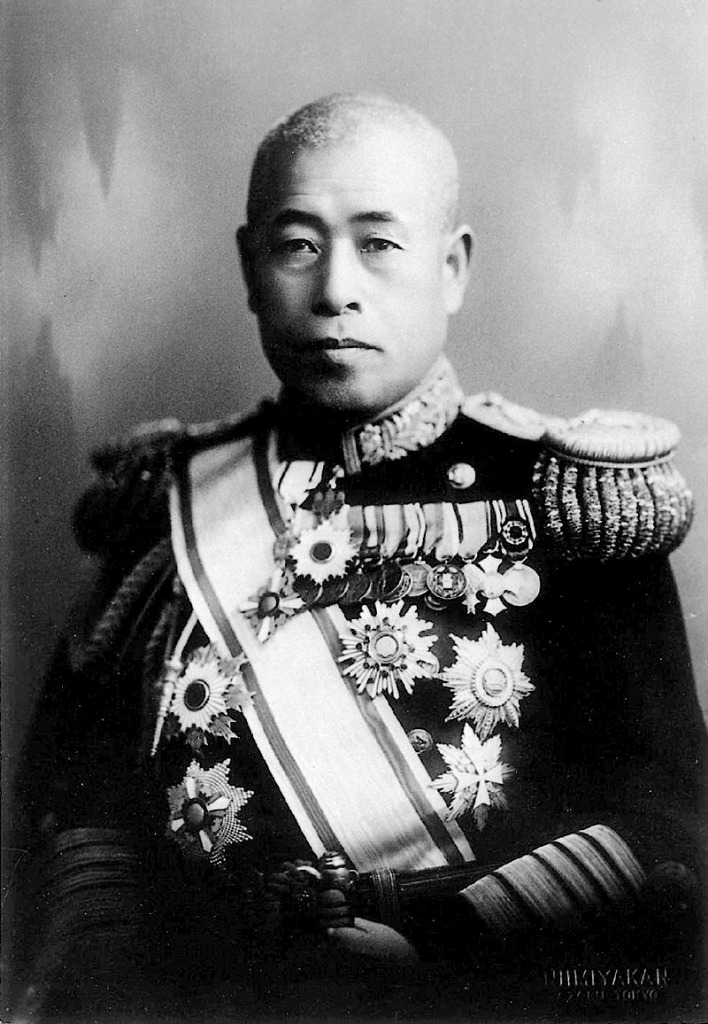
In April 1943, MIS linguist Harold Fudenna reportedly translated a radio message that figured peripherally in the shoot-down of Japan’s Admiral Isoroku Yamamoto, mastermind of the Pearl Harbor attack. Days earlier, monitoring stations in Hawaiʻi and the continental United States picked up messages that Yamamoto would be visiting Japanese units in the South Pacific on April 18. On that day, U.S. P-38 Lightnings from Guadalcanal successfully intercepted Yamamoto’s flight. As the planes took off, fears persisted that the intercepted messages were a ruse to lure U.S. forces into a trap. Fudenna, with the Fifth Air Force on New Guinea, is said to have translated a message that confirmed Yamamoto’s flight was no trick.
CONFLICTING CLAIMS
Yamamoto’s loss was such a feat that the identity of the pilot who shot down his plane was disputed for years. And one U.S. intelligence officer later said, “every man in every radio intelligence outfit from Noumea to Washington claimed himself responsible for Yamamoto’s death.” Army historian James McNaughton, in the Army’s official history Nisei Linguists, stated, “Fifth Air Force played little or no role in this incident.” He added, “Some writers have ascribed a more prominent role to Fudenna than the facts support.” More than 80 years after the fact, a resolution of conflicting claims about the weight of Fudenna’s translation appears unlikely.
Arms Inventory
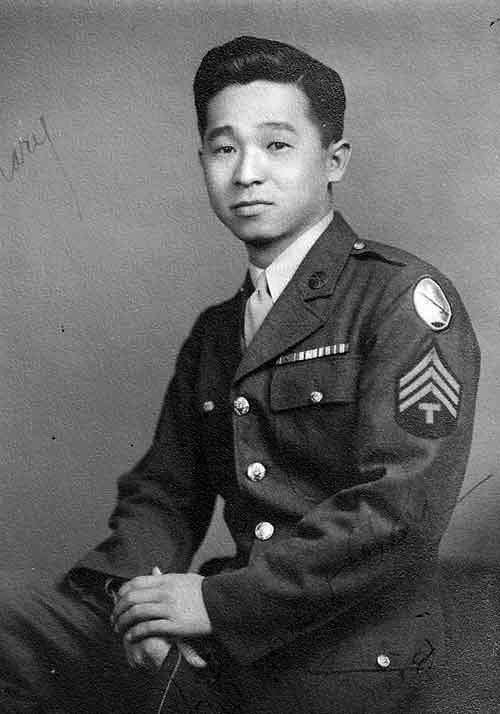
Kazuo Yamane was in Camp Ritchie near Washington when he discovered the Japanese army’s complete ordnance inventory among some ostensibly unimportant captured papers. This highly classified document provided a priceless picture of Japanese weapons and their location, as well as targeting information for the U.S. bombing campaign. After the war, the occupation forces used information from the ordnance inventory to quickly disarm Japan.
Japan’s Z Plan
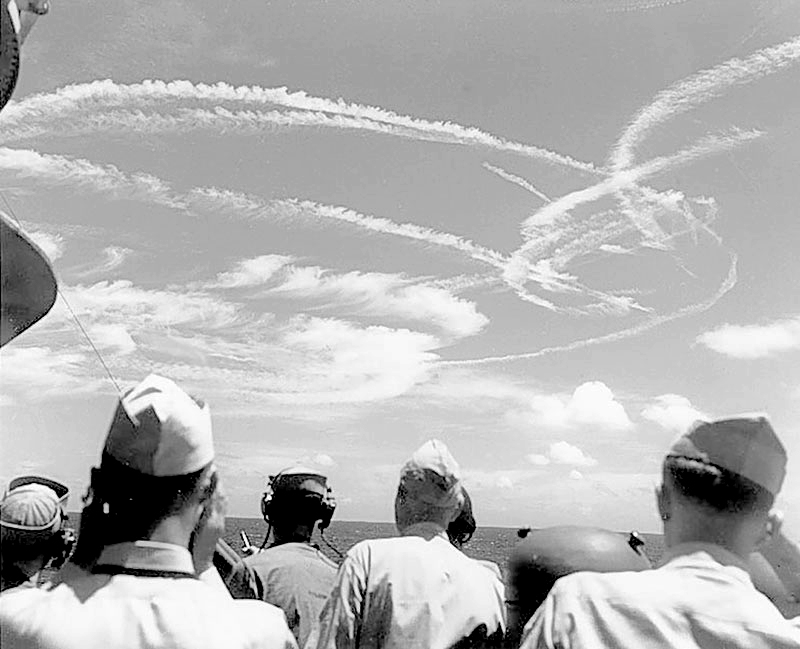
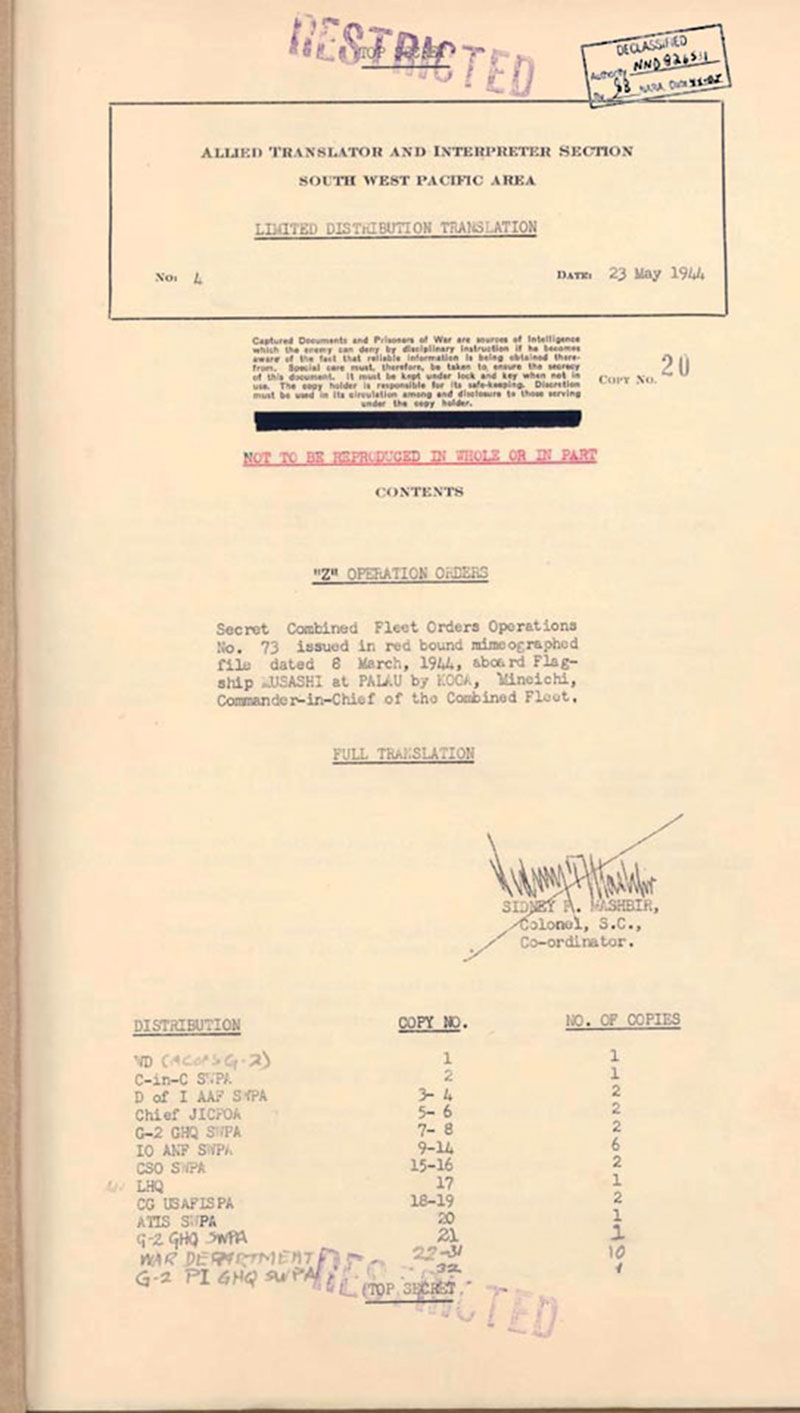
MIS linguists in MacArthur’s command translated Japan’s “Z Plan,” for defending the Marianas and the Philippines and engaging the U.S. in a decisive battle. The leather-bound document was captured by guerrillas in the crash of a Japanese VIP flight in the Philippines. This information led to an overwhelming U.S. victory in the June 1944 Battle of the Philippine Sea, which destroyed Japan’s fleet air arm.
Next: Kazuo Yamane Story
